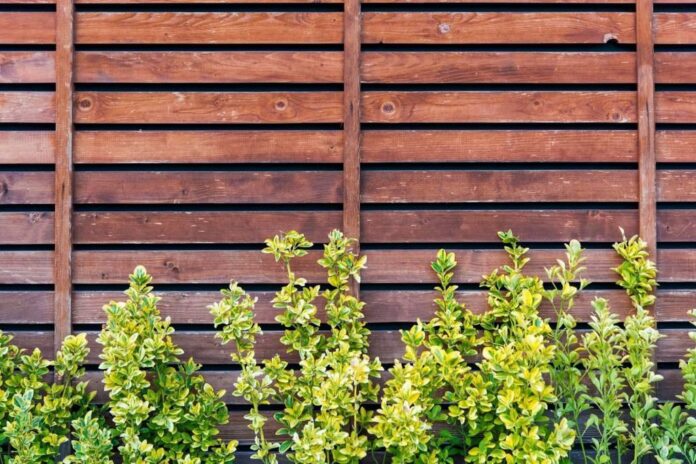A fence is a great option for gardens located on farms and in remote locations. There are many things to consider when installing a fence in your garden to protect it from animals, birds, and other intruders. We know what makes a garden fence effective. Our team has prepared some helpful information to help you install a garden fence.
Important Considerations when Installing a Garden Fence
These are the top considerations to ensure your garden fencing provides the protection you need for your crops and plants.
Make sure to dig a trench
A good idea is to make a trench 6×6 inches around your garden’s perimeter before installing mesh/wire or fence posts. It makes it much more difficult for moles, rabbits, and other pests to get under your fence. Trench can also be useful for drainage and prevent flooding in your garden from heavy rain.
Consider the animals you wish to deter
Your garden fence’s primary purpose is to protect sensitive plants and crops from certain animals. You should observe the animals in your area and plan your fence accordingly. To keep pests from your garden, you can use deer fencing, rabbit fence, or a combination. Specialized fencing products might be necessary for large and aggressive pests.
Optimize Stability and Durability
It is crucial to ensure your fence’s durability and stability in order to make sure it lasts. Instead of filling the holes in fence posts with dirt, you can use pour-ready concrete to ensure that every post remains level after it dries. It is important that fencing is not too loose or too tight around posts. The fencing should not pull against the posts as a rule. However, there should be no gaps along the fence line.
Add a gate to your home?
A gate is a barrier that prevents you from walking around your fence or stepping on it. You can either make your own gate or buy a pre-assembled one. To prevent animals digging under the gate, make sure it touches the ground.
Garden fences have many benefits
Garden fencing is useful for many reasons. Many gardeners use contemporary fence panels to keep pests out. If you have pest-eating rabbits, small gaps in fences can keep them out. Fences without gaps can also help reduce the likelihood of insects and ground-dwelling animals getting into your garden.
Vining plants can also be supported by fences. A full trellis works best for larger plants. However, smaller vines can climb fences easily. It doesn’t matter what type of fence you have, vines can climb fences that have small gaps.
Fencing can also reduce sunlight exposure to delicate plants and flowers, which is a benefit that’s often overlooked. Depending on what type of fence you choose, it can protect your plants from the wind.
Fences can also be used for aesthetic purposes. There are many styles, materials and colours available for fences. You can also easily break up large areas of flat space and define your garden space with fences. Determining your garden’s outer edges can make it easier to maintain your lawn.














